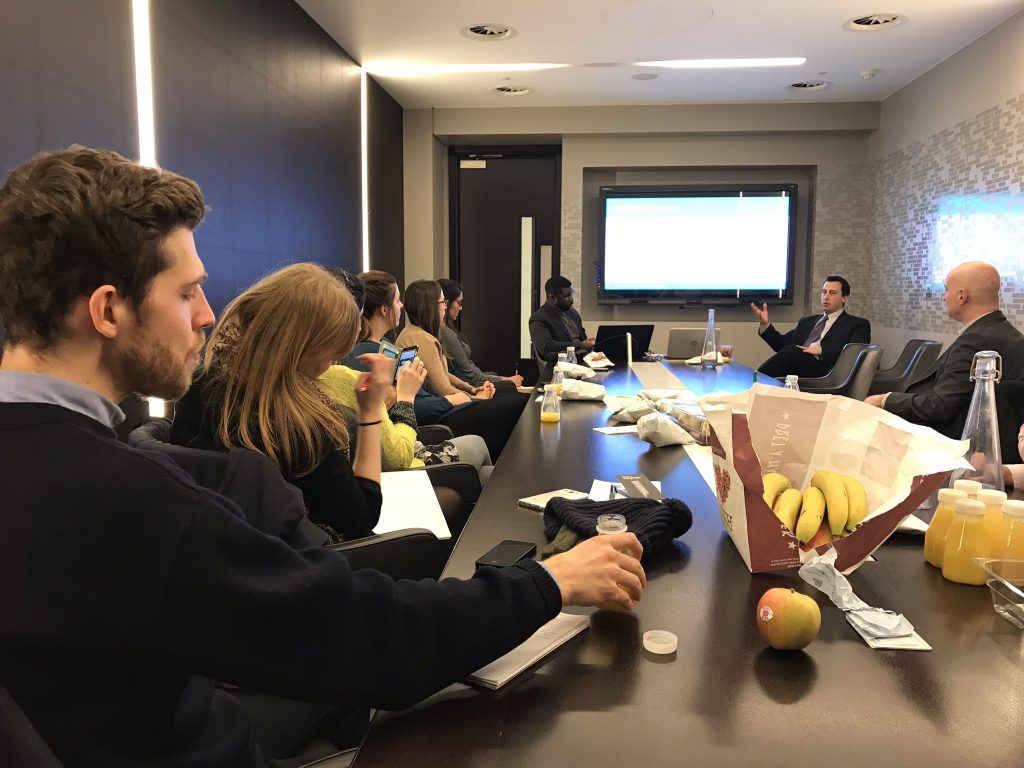Publication: Factors Influencing Usability of a Smartphone App to Reduce Excessive Alcohol Consumption: Think Aloud and Interview Studies
[et_pb_section fb_built=”1″ custom_padding_last_edited=”on|desktop” _builder_version=”3.0.74″ custom_padding=”0px|0px|0px|0px” custom_padding_tablet=”50px|0|50px|0″ transparent_background=”off” padding_mobile=”off”][et_pb_row custom_padding=”0px|0px|0px|0px” custom_padding_tablet=”0px|0px|12px|0px” padding_mobile=”off” column_padding_mobile=”on” _builder_version=”3.0.47″ background_size=”initial” background_position=”top_left” background_repeat=”repeat”][et_pb_column type=”4_4″ _builder_version=”3.0.47″ column_padding_mobile=”on” parallax=”off” parallax_method=”on”][et_pb_post_title meta=”off” featured_placement=”background” text_background=”on” text_bg_color=”rgba(70,213,195,0.74)” _builder_version=”3.13.1″ title_font=”|on|||” meta_text_color=”#000000″ background_color=”rgba(70,213,195,0.43)” background_blend=”overlay” border_width_all=”18px” border_color_all=”#46d5c3″ use_border_color=”on” border_color=”#46d5c3″ border_width=”18px” parallax_effect=”off” module_bg_color=”rgba(70,213,195,0.43)”][/et_pb_post_title][/et_pb_column][/et_pb_row][/et_pb_section][et_pb_section fb_built=”1″ admin_label=”section” _builder_version=”3.0.74″ custom_padding=”0px|0px|0px|0px” transparent_background=”off”][et_pb_row admin_label=”row” _builder_version=”3.0.47″ background_size=”initial” background_position=”top_left” background_repeat=”repeat”][et_pb_column type=”4_4″ _builder_version=”3.0.47″ parallax=”off” parallax_method=”on”][et_pb_text _builder_version=”3.13.1″ background_size=”initial” background_position=”top_left” background_repeat=”repeat”]
This publication is from Frontiers in Public Health published 03 April 2017
Authors
David Crane1, Claire Garnett1, Jamie Brown1,2, Robert West2 and Susan Michie1
Check out the summary below or click here to view the full publication (opens in new window).
[/et_pb_text][et_pb_text _builder_version=”3.13.1″ background_color=”rgba(255,221,121,0.23)” background_size=”initial” background_position=”top_left” background_repeat=”repeat” custom_margin=”|||” custom_padding=”10px|10px|10px|10px”]
Title: Factors Influencing Usability of a Smartphone App to Reduce Excessive Alcohol Consumption: Think Aloud and Interview Studies
Background: Interventions delivered by smartphone apps have the potential to help drinkers reduce their consumption of alcohol. To optimize engagement and reduce the high rates of attrition associated with the use of digital interventions, it is necessary to ensure that an app’s design and functionality is appropriate for its intended purposes and target population.
Aims: To understand the usability of an app to help people reduce their alcohol consumption.
Method: The app, Drink Less, contains a core module focusing on goal setting, supplemented by five additional modules: self-monitoring and feedback, identity change, cognitive bias re-training, action planning, and social comparison. Two studies were conducted, a “think aloud” study performed with people using the app for the first time and a semistructured interview study performed after users had had access to the app for at least 2 weeks. A thematic analysis of the “think aloud” and interview transcripts was conducted by one coder and verified by a second.
Results: Twenty-four participants, half of whom were women and half from disadvantaged groups, took part in the two studies. Three main themes identified in the data were “Feeling lost and unsure of what to do next,” “Make the app easy to use,” and “Make the app beneficial and rewarding to use.” These themes reflected participants’ need for (i) guidance, particularly when first using the app or when entering data; (ii) the data entry process to be simple and the navigation intuitive; (iii) neither the amount of text nor range of options to be overwhelming; (iv) the app to reward them for effort and progress; and (v) it to be clear how the app could help alcohol reduction goals be reached.
Conclusion: First-time and experienced users want an alcohol reduction app to be easy, rewarding, and beneficial to use. An easy-to-use app would reduce user burden, offer ongoing help, and be esthetically pleasing. A rewarding and beneficial app would provide positive reinforcement, give feedback about progress, and demonstrate credibility. Users need help when first using the app, and they need a compelling reason to continue using it.
[/et_pb_text][et_pb_text _builder_version=”3.13.1″ background_size=”initial” background_position=”top_left” background_repeat=”repeat”]
Click here to view the full publication (opens in new window).
Do leave a comment below to let us know what you think about it.
[/et_pb_text][/et_pb_column][/et_pb_row][/et_pb_section]








Responses